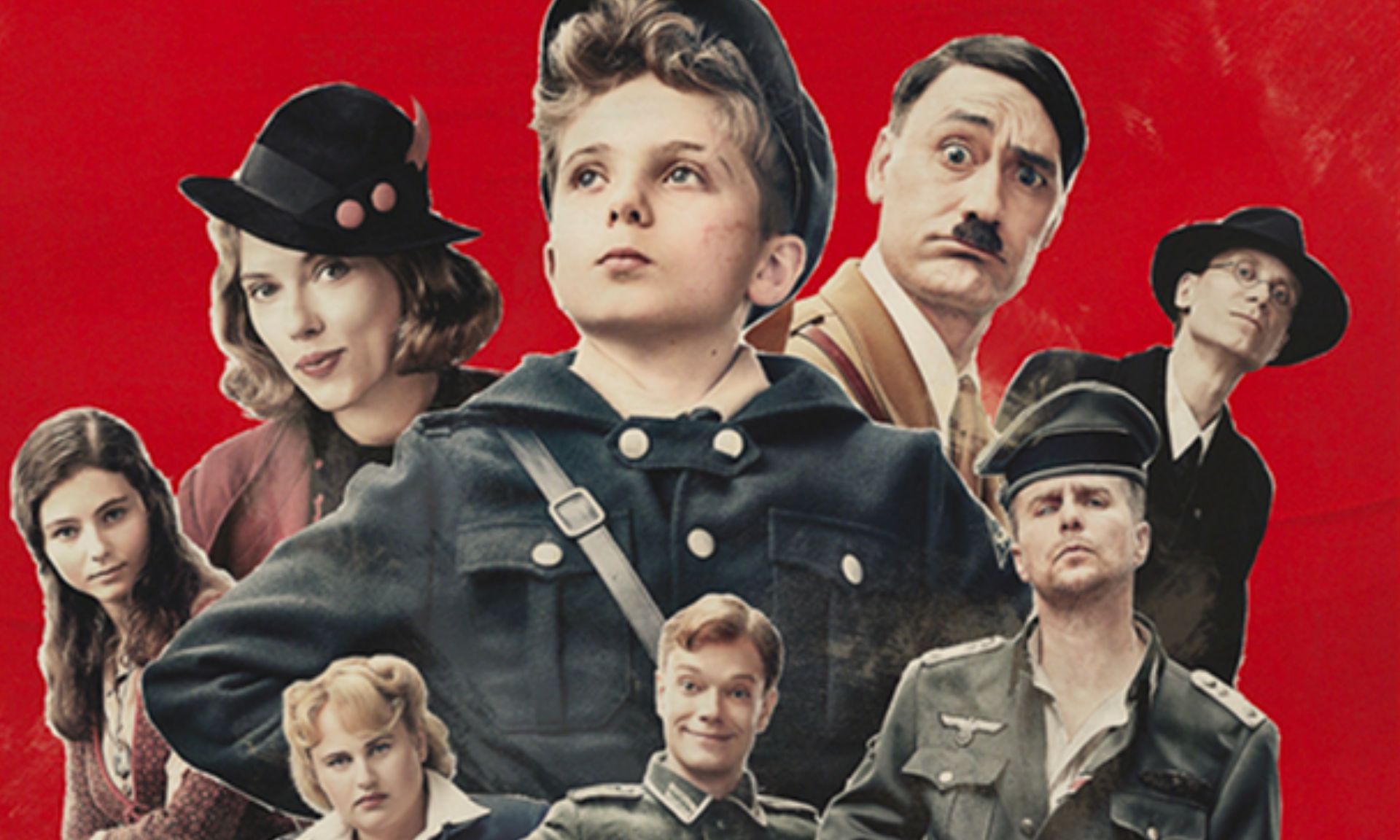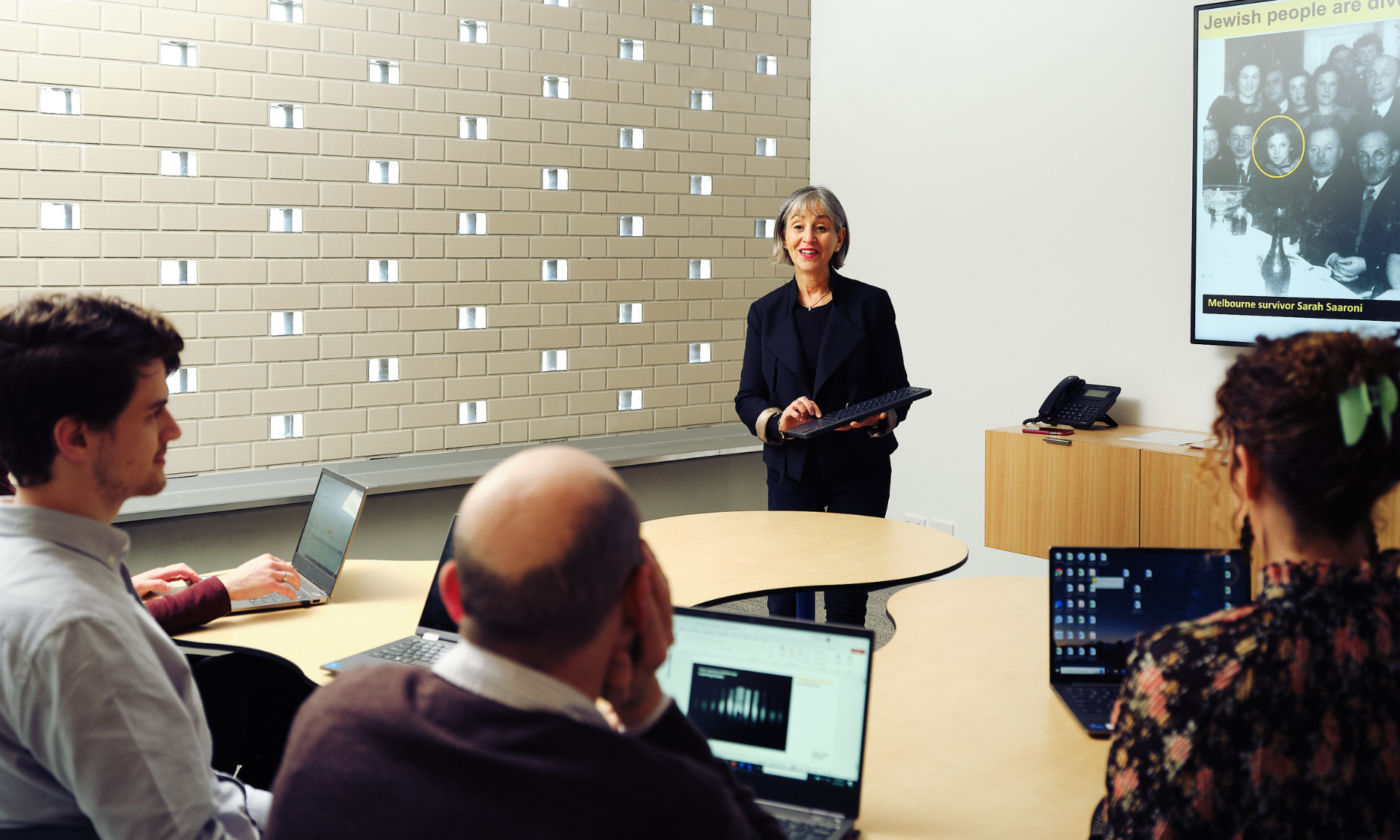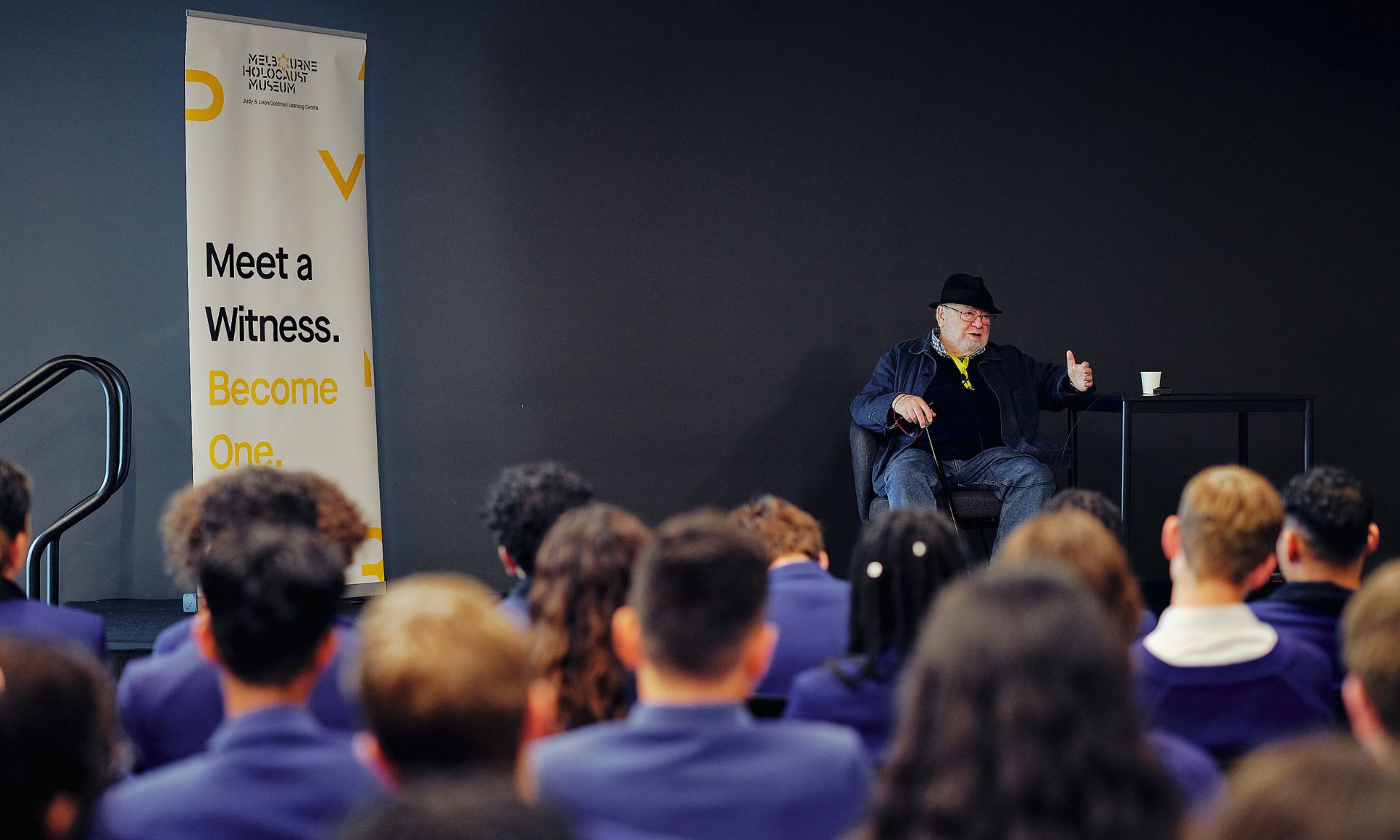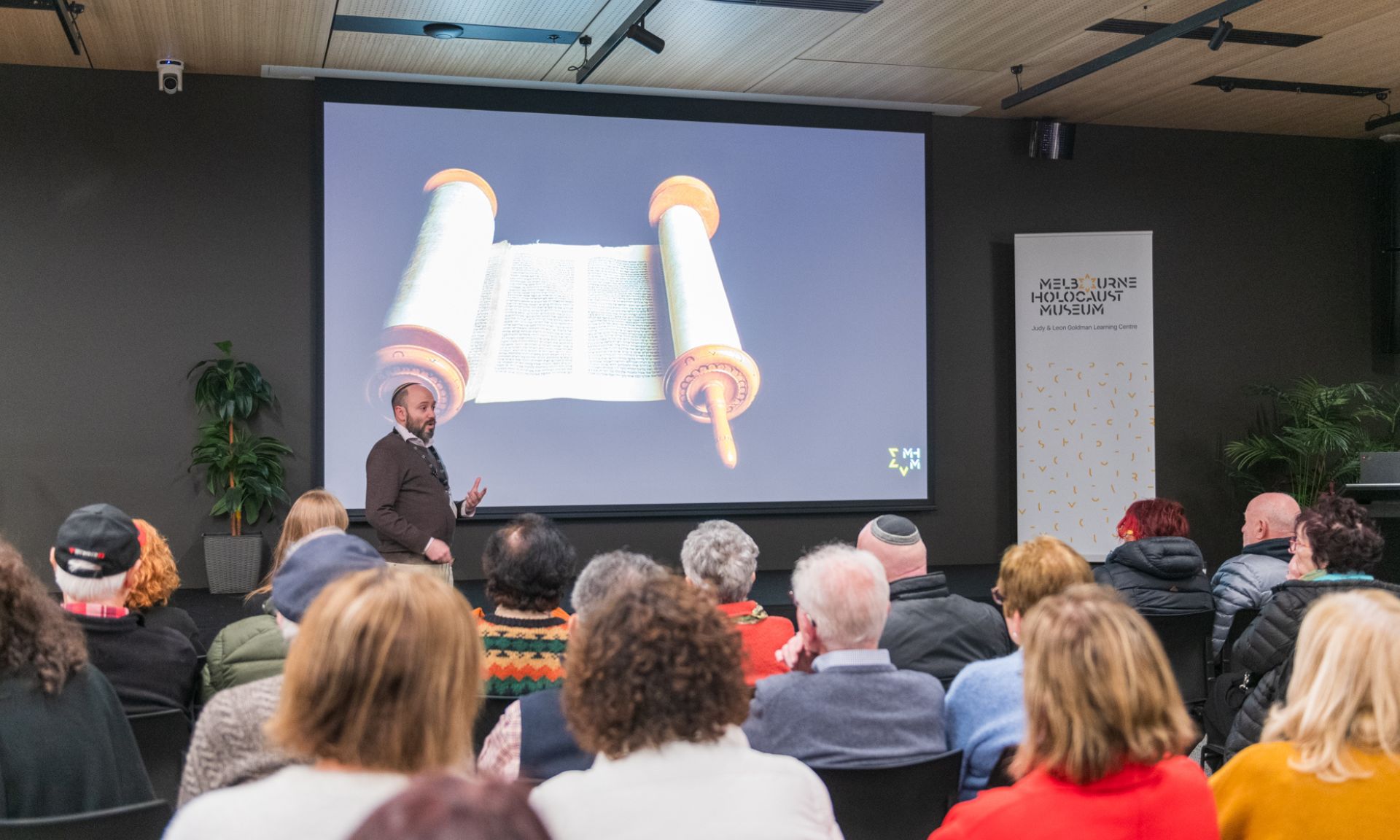HEAR A
WITNESS.
BECOME
ONE.

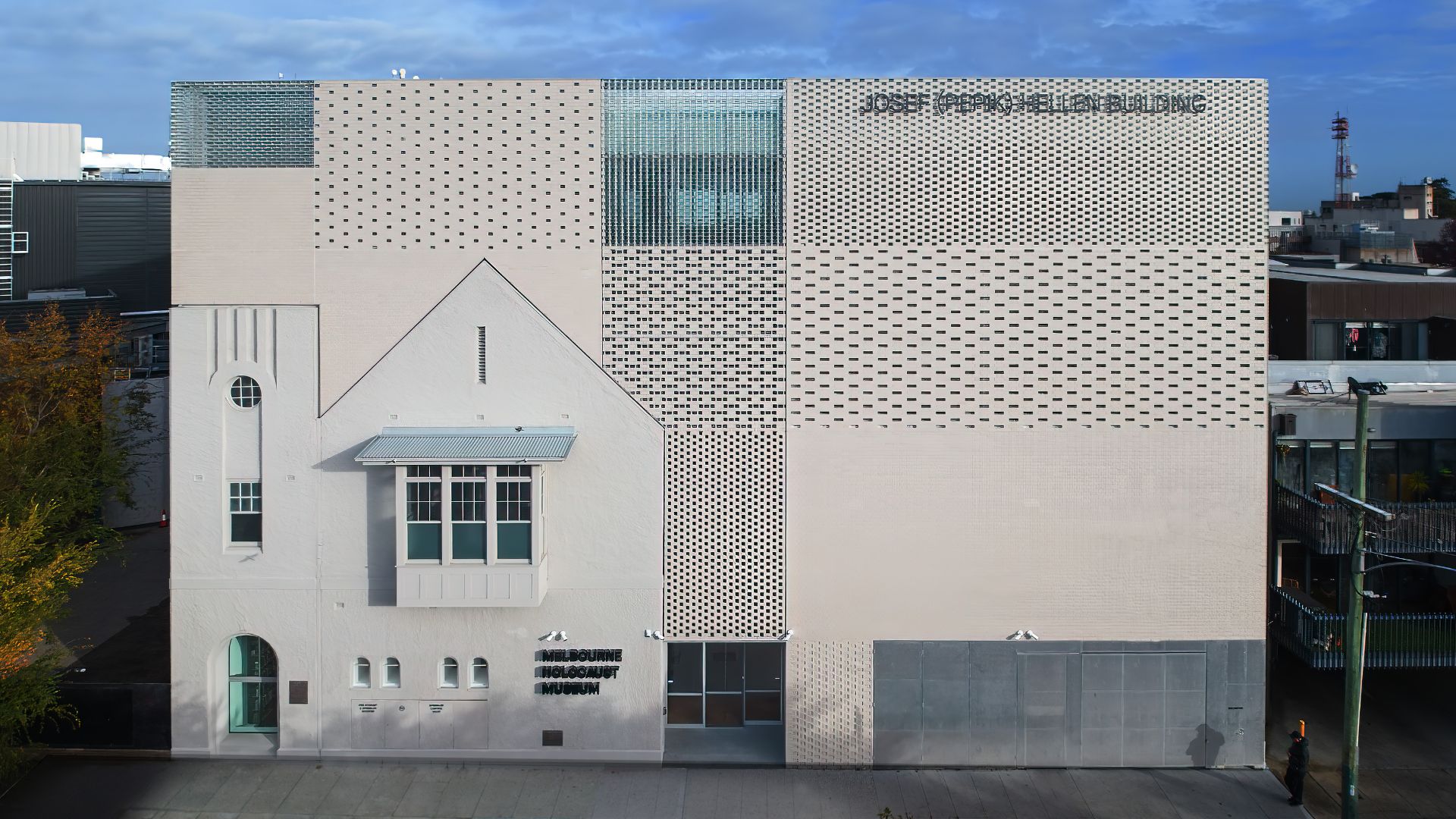
The museum is dedicated to the memory of the six million Jews murdered by the Nazis and their collaborators between 1933 and 1945.
We consider the finest memorial to all victims of racist policies to be an educational program which aims to combat antisemitism, racism and prejudice in the community and fosters understanding between people.
Engage
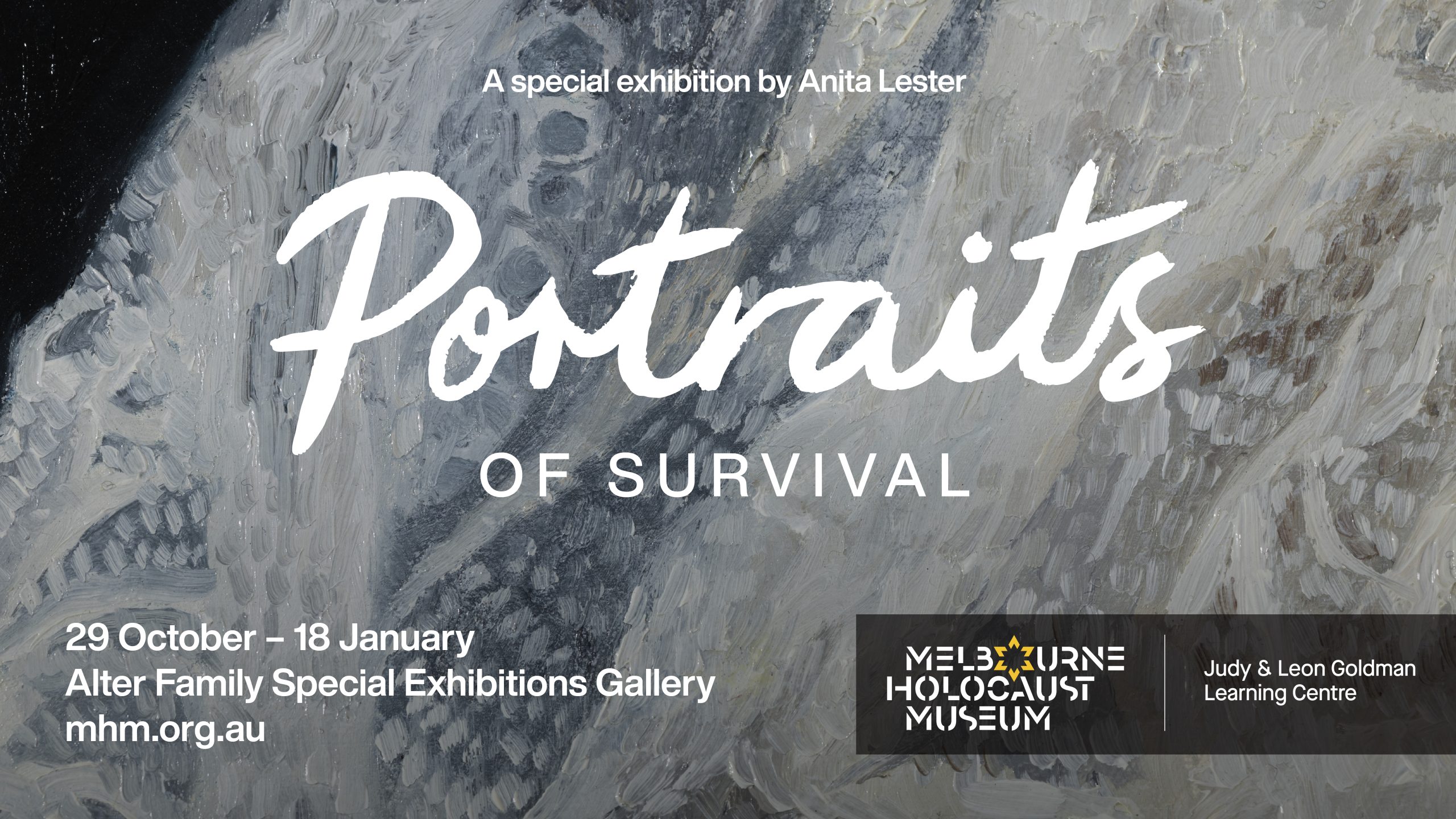
Portraits of Survival
Exhibition open from 29 October 2025 – 18 January 2026
Location: Alter Family Special Exhibitions Gallery, Melbourne Holocaust Museum
Tickets: Adults $15, Concessions $12
This series of intimate portraits by Anita Lester honours 16 Holocaust survivors from Melbourne, whose lives were rebuilt through family, community and culture. Through these paintings, their faces and stories embody resilience, vitality, and the ongoing responsibility to remember. This exhibition invites visitors to encounter these survivors not just as subjects of history, but as living witnesses.
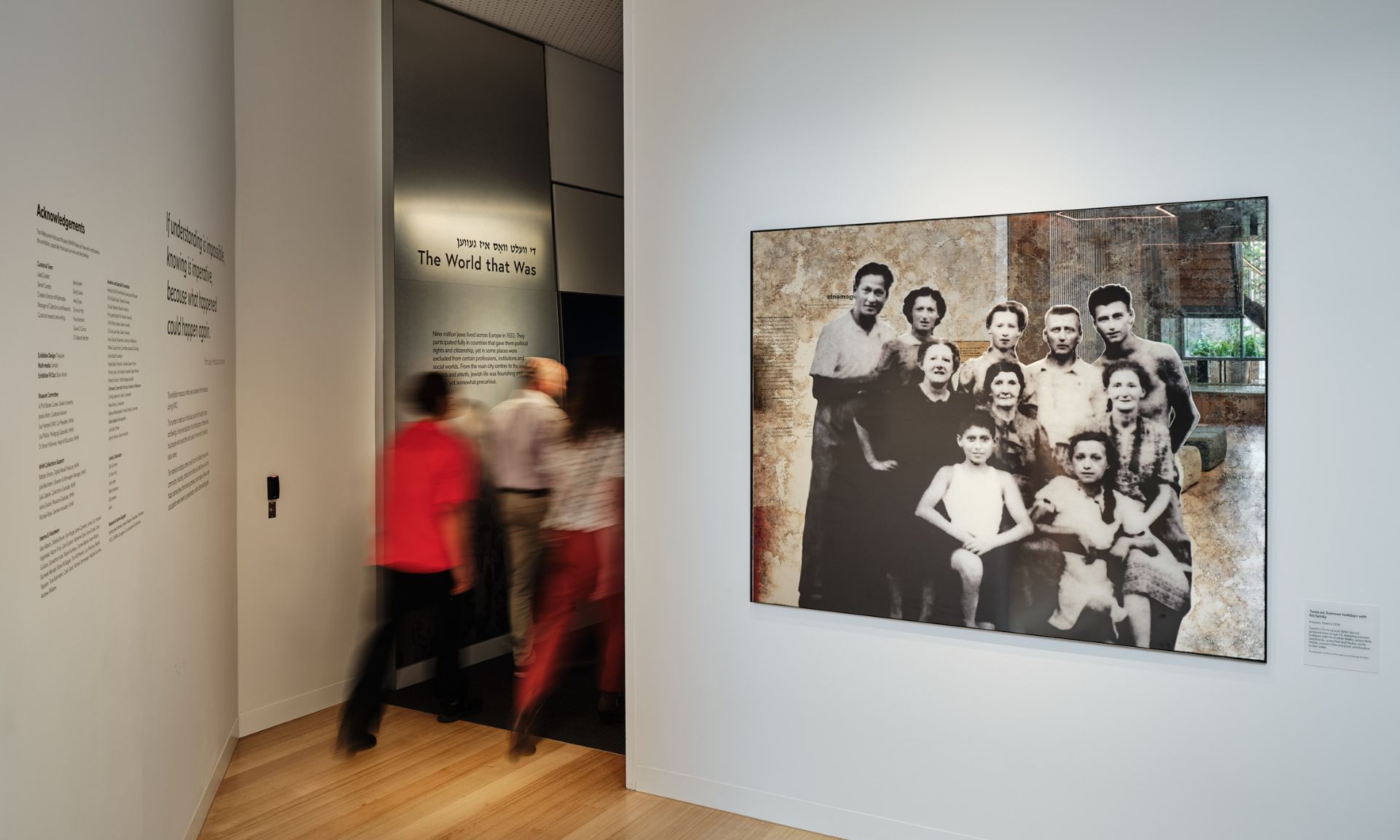
Experience the museum
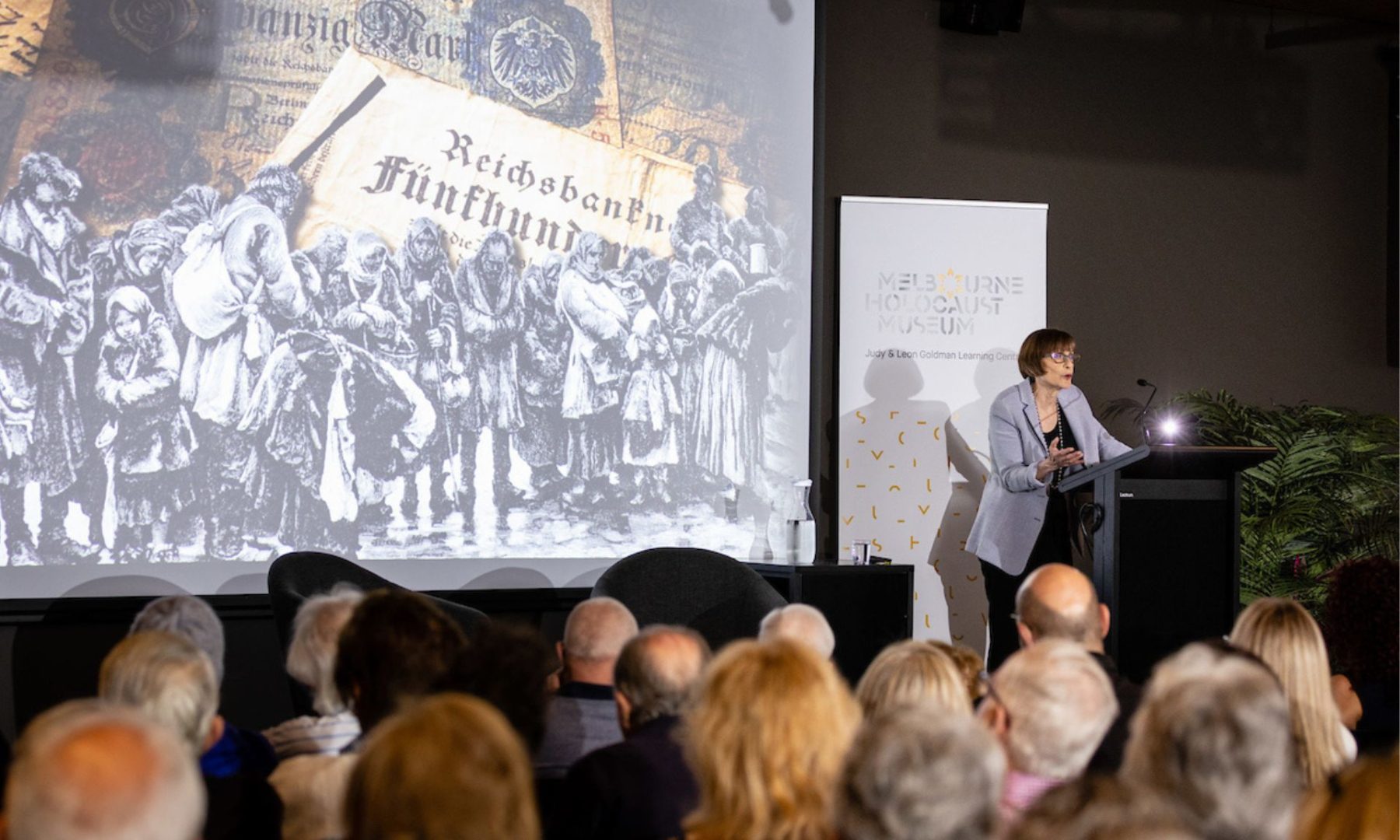
What's happening at MHM
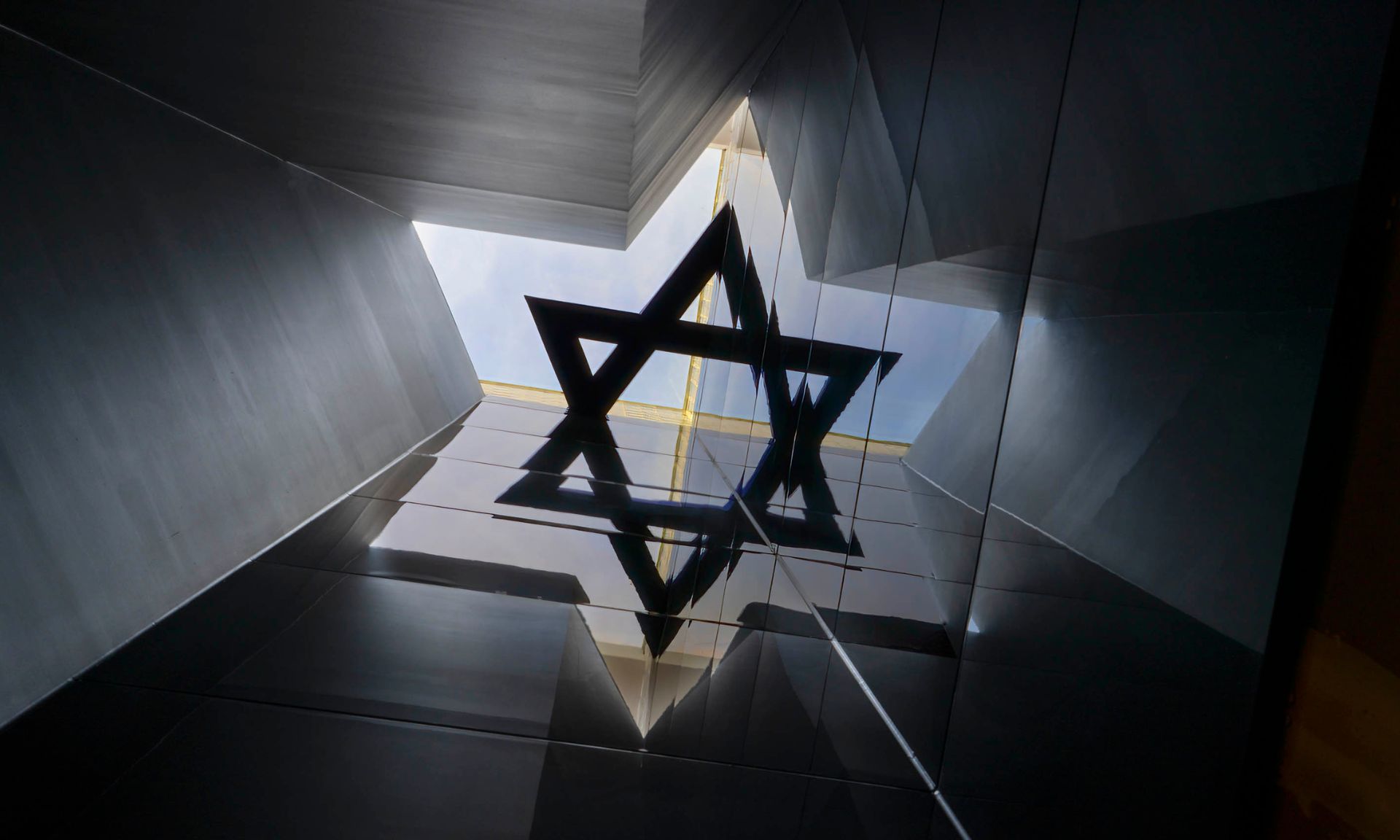
Critical Thinking is Critical: Educate, Innovate and Advocate against Antisemitism
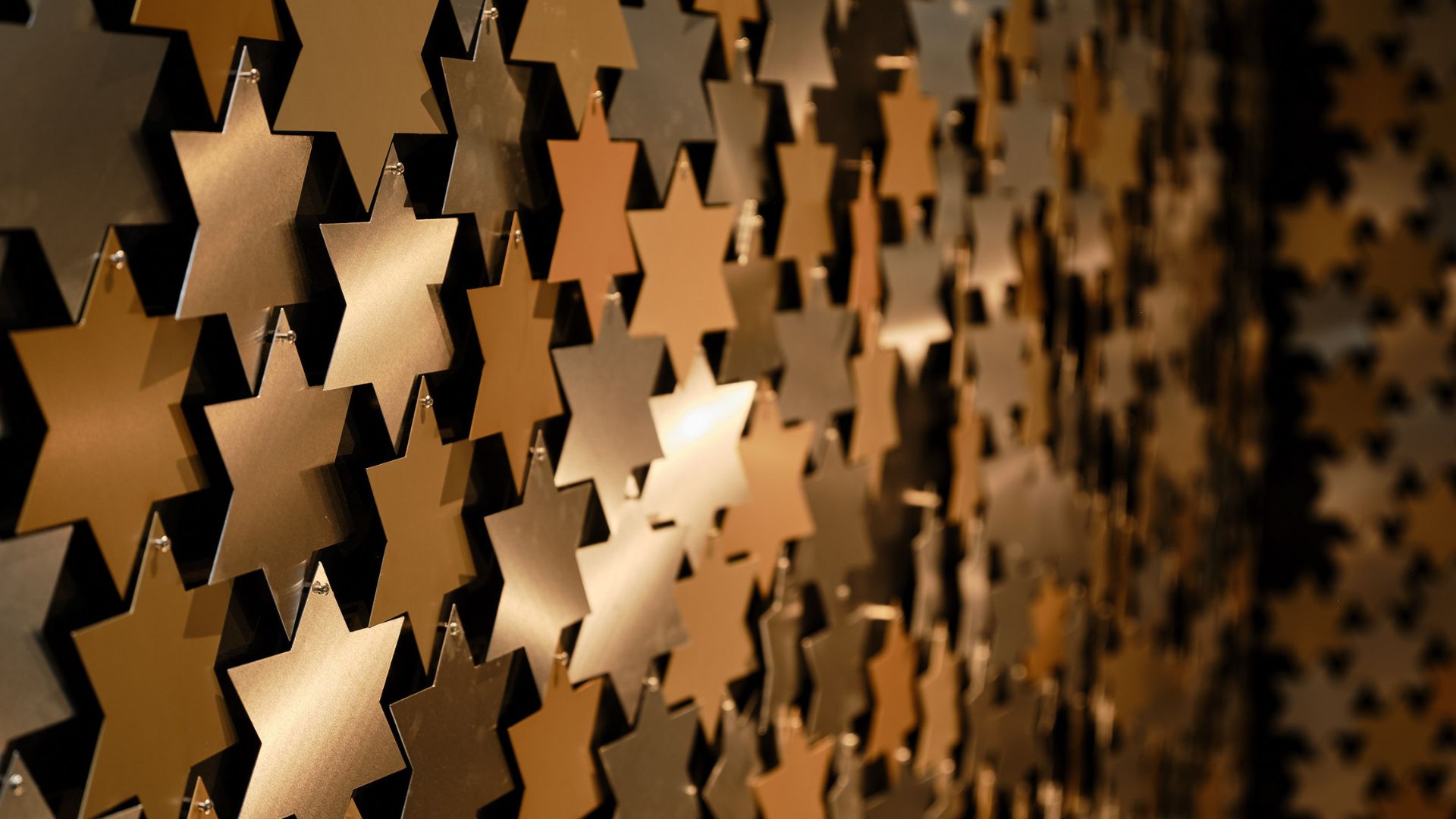
Donate a memorial star
Our team of specialist educators present programs that are age specific and are underpinned by a ‘safely in safely out’ educational philosophy.
Every year we take our year nines to the museum. The program addresses challenging topics such as racism and identity in a respectful and engaging manner.”
About our collection
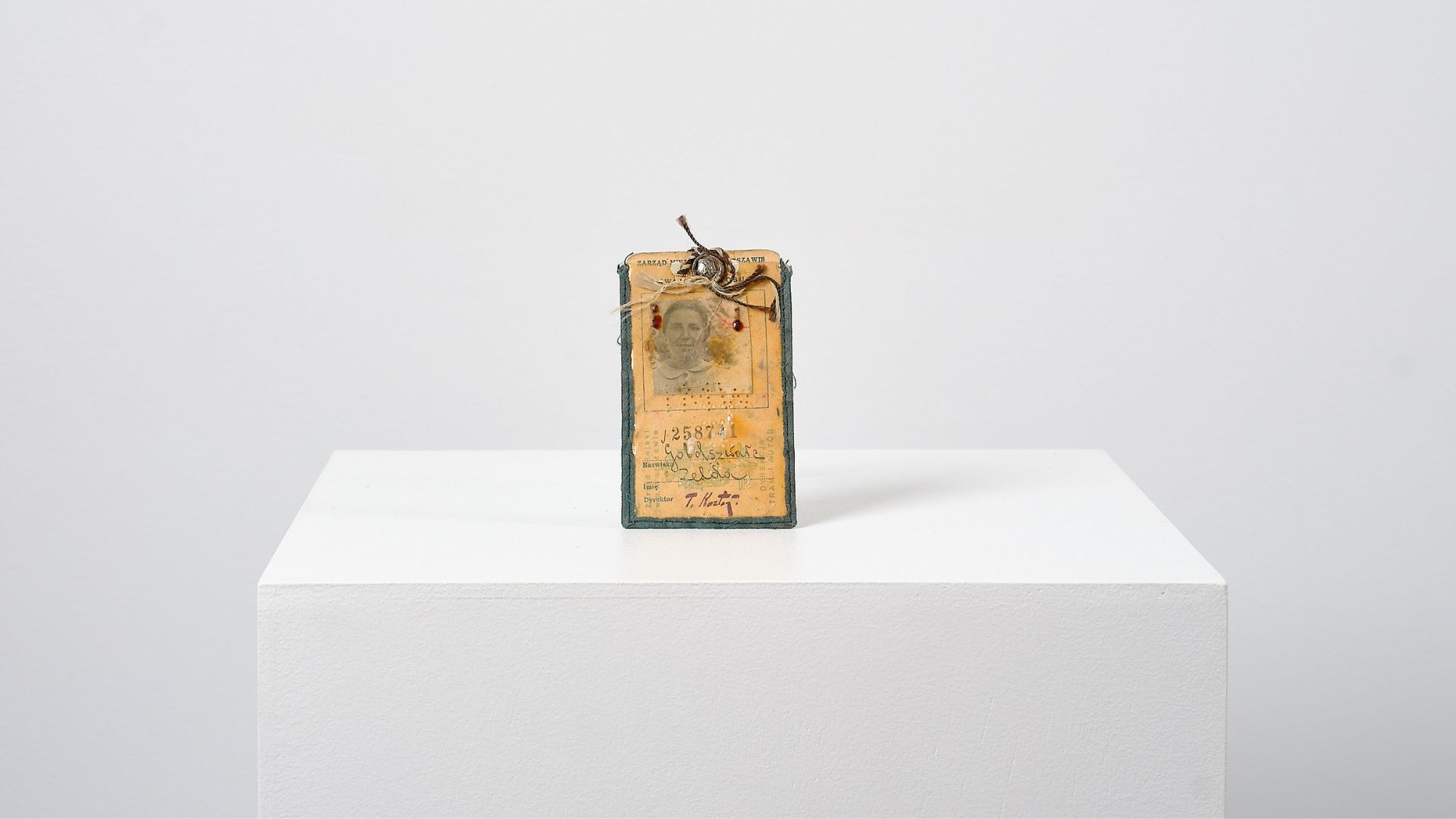
The Melbourne Holocaust Museum houses an extensive collection of materials related to the Holocaust, most of which have been donated by Holocaust survivors who migrated to Melbourne. The artefacts collection contains material evidence of the various experiences of Jewish victims and survivors of the Holocaust.
